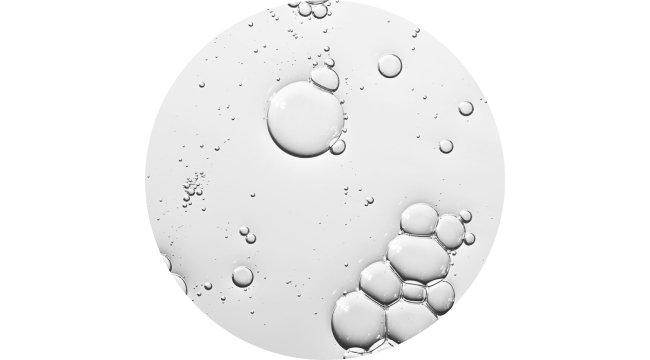What is the SkinBarrier?
Our skin is the largest organ of the human body (and the most exposed, too) which means it needs to be well protected. Our skin barrier is the first line of defense against environmental stressors and irritants. It also protects against the loss of one of the most important things in the human body: water. The skin barrier owes its incredible defense to its selectively permeable nature - meaning a healthy skin barrier will keep the good things in and bad things out. For example, it will keep enough water in to allow it to function, and allows enough water out to hydrate the outermost layer of the skin. This keeps our skin flexible and soft.
How the Skin BarrierWorks
Next we have skin lipids- things like ceramides, fatty acids, and cholesterol. Organized in the right ratio these form the lipid matrix, a protective layer that fills in the gaps between cells like mortar.
To support the brick-and-mortar structure of skin cells and lipids, there are also hygroscopic (water-loving) molecules inside the skin cells that act as magnets to hold on to water and prevent further water-loss. These are known as the natural moisturizing factor (NMF).
When these essential components become compromised, your skin barrier becomes damaged.

How to Recognize aDamaged Skin Barrier
This leads to more visible signs of distress such as the skin becoming increasingly dry, starting to flake or showing signs of redness, and an overall feeling of discomfort (such as tightness).
Experiencing barrier disruption for a prolonged period of time can also lead to other long-term skin concerns, such as areas of uneven skin tone.



